Primary forests around the world
From the icy confines of the Arctic to the lush humidity of the Amazon, primary forests still form magical spaces all over the planet.
But faced with threats on all sides from deforestation and the intensification of natural disasters, their surface area continues to dangerously decrease, which runs the risk of seeing these irreplaceable sanctuaries disappear altogether.
Where are primary forests located around the world?
Today, there are 1.11 billion hectares of primary forest left in the world, according to an FAO survey carried out in 20201. Most are found in North and Central America (313 million hectares), closely followed by South America (299 million hectares). Over half (61%) of the world’s primary forests are concentrated in three countries: Russia (23%), Brazil (19%) and Canada (18%).
Whether boreal, tropical or temperate, large swathes of primary forest can also be found in Central Africa, the United States, Indonesia, Patagonia and Tasmania. In Suriname, Venezuela and French Guyana, the share of primary forest compared to the total surface area of all the countries’ forests exceeds 95%. In the rest of the world, however, they appear in small, fragmented and discontinuous units.

Some of these forests enjoy a global reputation. Most people are aware of the Amazon in Brazil, for example, but there’s also the Great Bear Rainforest in British Columbia, the Congo Basin, as well as the Gunung Leuser National Park on the island of Sumatra, the Olympic National Forest in the US state of Washington, and the Daintree Rainforest in Queensland, Australia..
1 FAO. 2021. Global Forest Resources Assessment 2020: Main report. Rome.
Forests in danger all over the world
Although absolutely unparalleled in terms of biodiversity and ecosystem services, primary forests have lost 81 million hectares globally since 1990. The expansion of agriculture, population growth, developing mining and forestry industries, as well as increasingly intense natural disasters, deforestation and its many forms, have all hit primary forests hard. And let’s not forget, these are ecosystems that take centuries to regenerate.
Since the Rio Earth Summit in 1992, global awareness has helped slow the loss of primary forests to an extent, from 3.41 million hectares lost in the period between 1990-2000 and 3.45 million hectares lost between 2000-2010, the loss rate has slowed to 1.27 million hectares over the last decade. But these figures – although encouraging – must be viewed with caution. Some data remains imprecise and can reveal changes in categorisation, rather than actual conservation efforts.
The biggest losses have been recorded in South America and Africa, particularly in Brazil and the Democratic Republic of Congo. The Amazon primary rainforest alone lost 4.1 million hectares in 20222, that’s the equivalent of the whole of Switzerland. In Congo, losses are approaching a million hectares. The situation in Ghana, Bolivia, Angola and Cameroon is also worrying, where primary forest deforestation rates appear to have jumped in recent years.
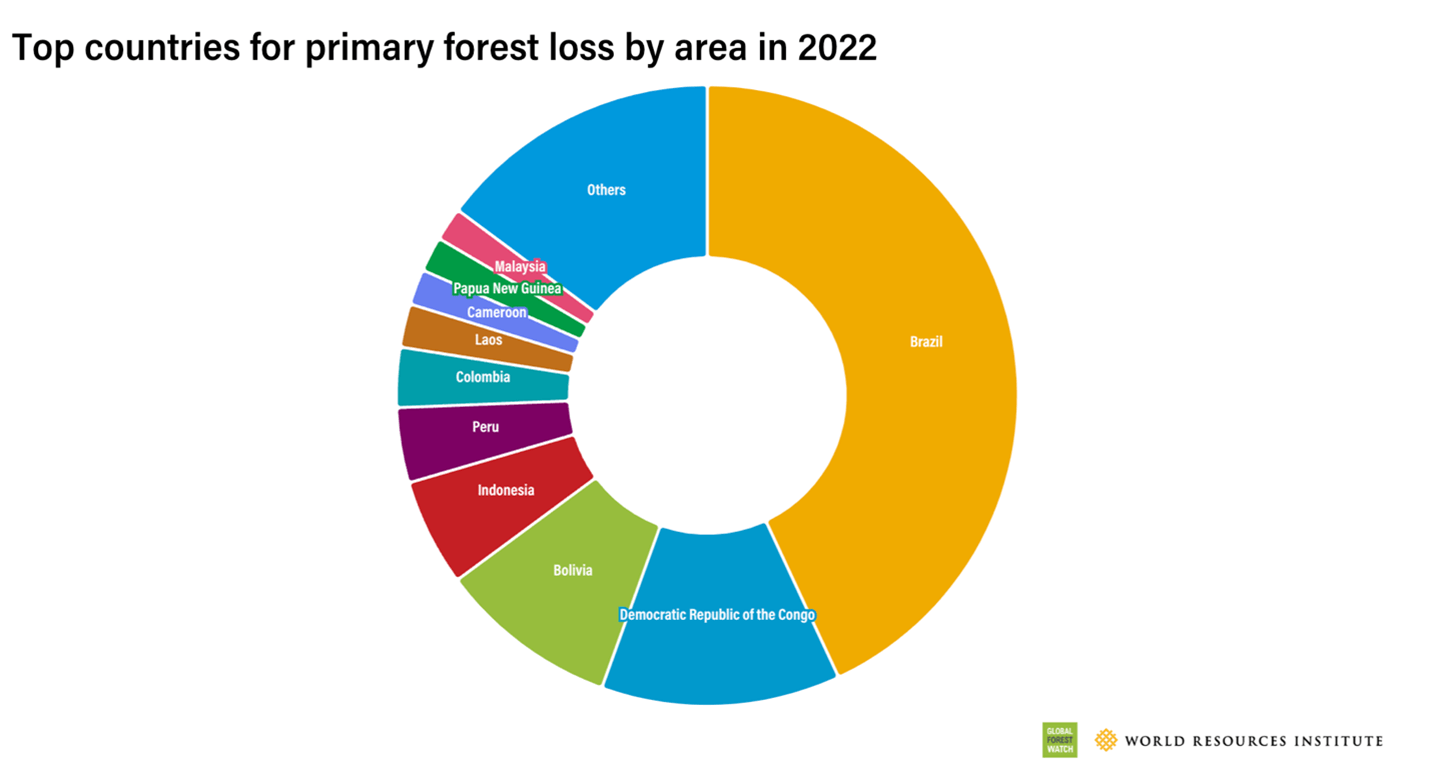
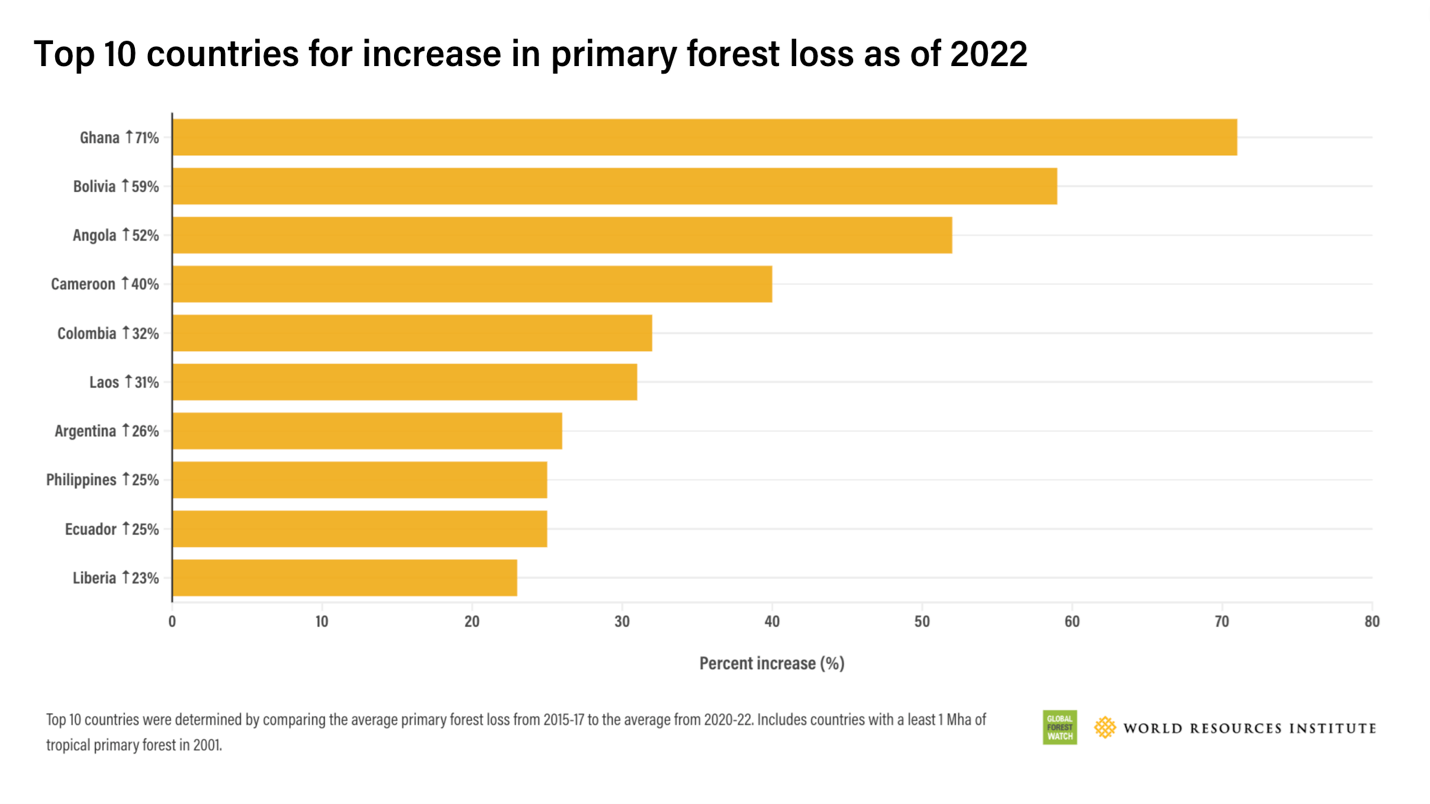
At COP26 in Glasgow in 2021, 145 countries signed a commitment to end deforestation by 2030, a promise that – once again – signals awareness of the emergency, but the results will take decades to be felt.
2 Global Forest Review 2022. World Resources Institute
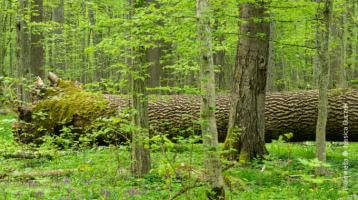
What is a primary forest ?
Incredible sanctuaries of biodiversity and model ecosystems, primary forests are among the last places on Earth not yet disturbed by human activity. Without even knowing it, they’re an essential part of the chain that makes life on Earth possible, and they deserve our full attention!
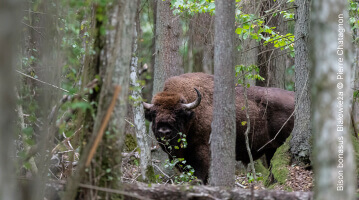
Primary forests in Europe
The last survivors of a greener past and teeming with biodiversity, Europe’s primary forests deserve our full attention – and protection!
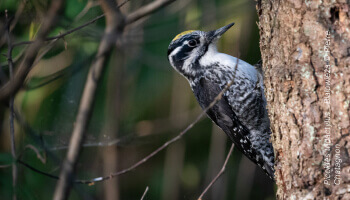
Different types of forests
Primary, secondary, natural, ancient, virgin or primitive... we’ll help you understand all the different categories of forest.
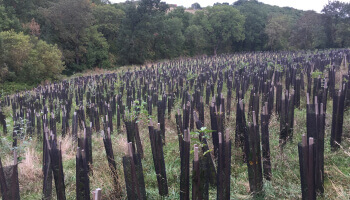
Creating a primary forest
What’s the recipe for recreating intact forests with abundant biodiversity? Do absolutely nothing... or rather, leave nature to get on with it!
